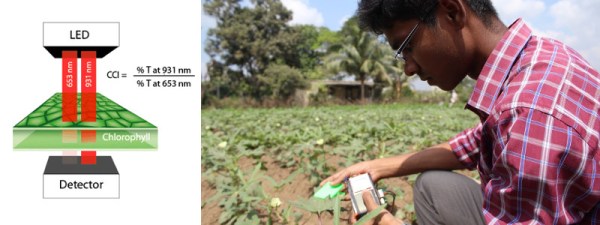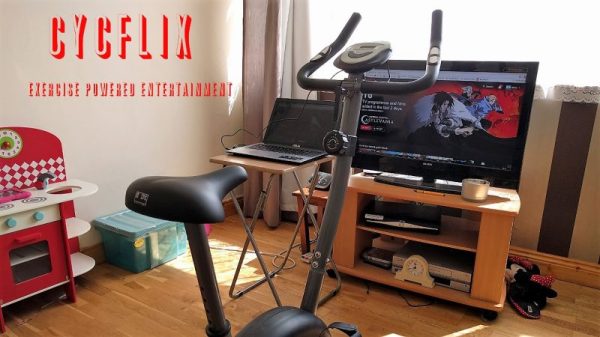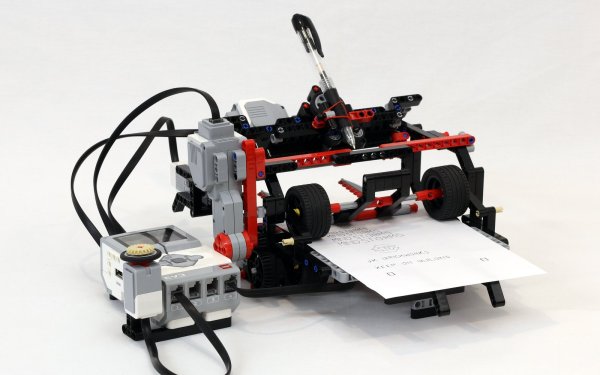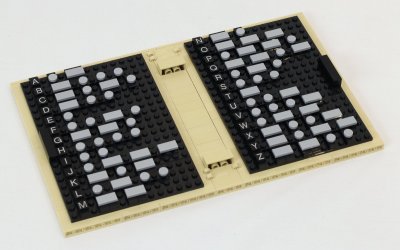People who know about bearings go through a phase of bemusement with regards to fidget spinners. We say something like, “man, I got a whole box of bearings in the basement.” Then we go through a “OK, I’ll make one” phase and print one out of PLA.
[fishpepper] took that sentiment a step further. After being forced to print spinners for his kids, he got jealous and decided to make his own—but his spinner would be a version for engineers. [fishpepper]’s ginormous spinner consists of five bearings superglued inside each other, with the grease cleaned out of the insides to make them spin faster. The inner two sets are doubled up bearings, 6 mm x 17 mm x 6 mm and 17 mm x 30 mm x 7 mm. The middle bearing measures 30 mm x 55 mm x 13 mm, and the fourth bearing 55 mm x 90 mm x 18 mm.
If you want to stop here, it’s a good size, around two inches across. However, [fishpepper] took it a step further, adding a fifth bearing, a 90 mm x 140 mm x 24 mm monster weighing in at 1 kg by itself. The total weight comes to 1.588 kg with the 3D-printed hub included. If you want to make one yourself, check out [fishpepper’s] bearing-in-bearing spinner tutorial which guides you through the various steps.
Hackaday likes fidget spinners so much you’d think we were in 6th grade: we’ve published posts on the three-magnet spinner hack, a fidget-spinning robot, and teaching STEAM with fidget spinners.
Continue reading “Bearing-in-Bearing Fidget Spinner Taken To The Max”






















